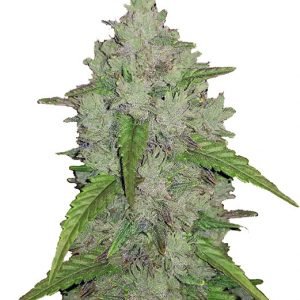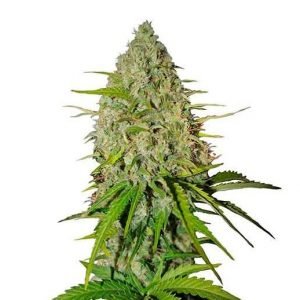Skunk Feminized
60% Sativa | 40% Indica | THC 16 – 20% | All skunk family strains trace their origins back to Skunk #1. This foundational hybrid combines the genetics of Acapulco Gold, Colombian Gold, and Afghan. Acapulco Gold and Colombian Gold are sativa landraces from the Acapulco region in Mexico and the Santa Marta mountains of Colombia, respectively. Afghan landraces, known for their potency and robustness, contribute indica traits.
The blend of these genetics creates a strain that marries the uplifting high and citrus flavors of sativas with the short flowering time, relaxation, and heavy yields typical of indicas. Skunk #1 is easy to cultivate, making it an excellent choice for novice gardeners, and it is also very cost-effective.
——————————————————————————
Is it legal to buy Cannabis seeds in Australia?
- Cannabis seeds do not contain any illegal properties on their own and can be purchased for collectable/souvenir purposes only in Australia. If you live in the ACT or have a medicinal license, these laws may not apply to you. Learn more about current Australian legalization laws.
How can I buy Cannabis seeds in Australia?
- Seeds Please Australia offer rare & heirloom seed varieties and will have a selection of skunk Cannabis Seeds available very soon (August/September) strictly for souvenir / collectable purposes only. They have heaps of positive reviews, but note that they will not support germination….
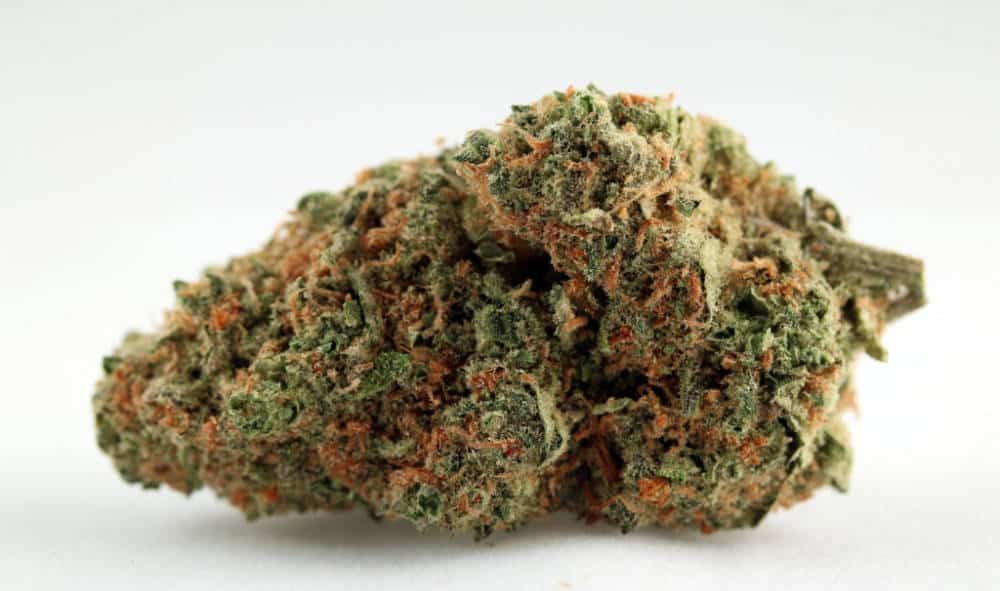
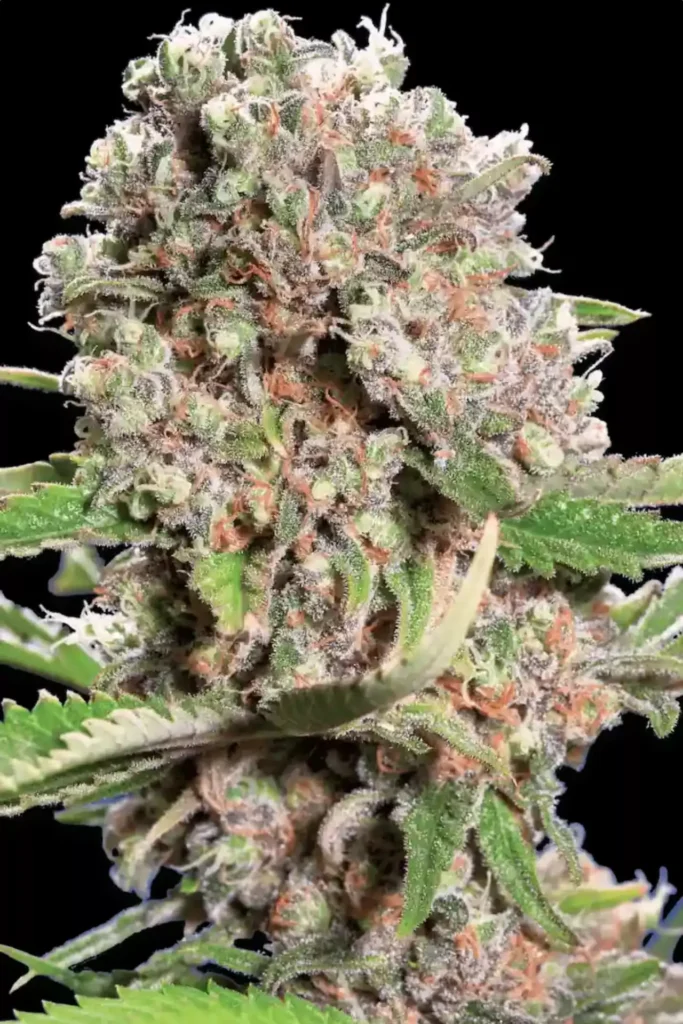
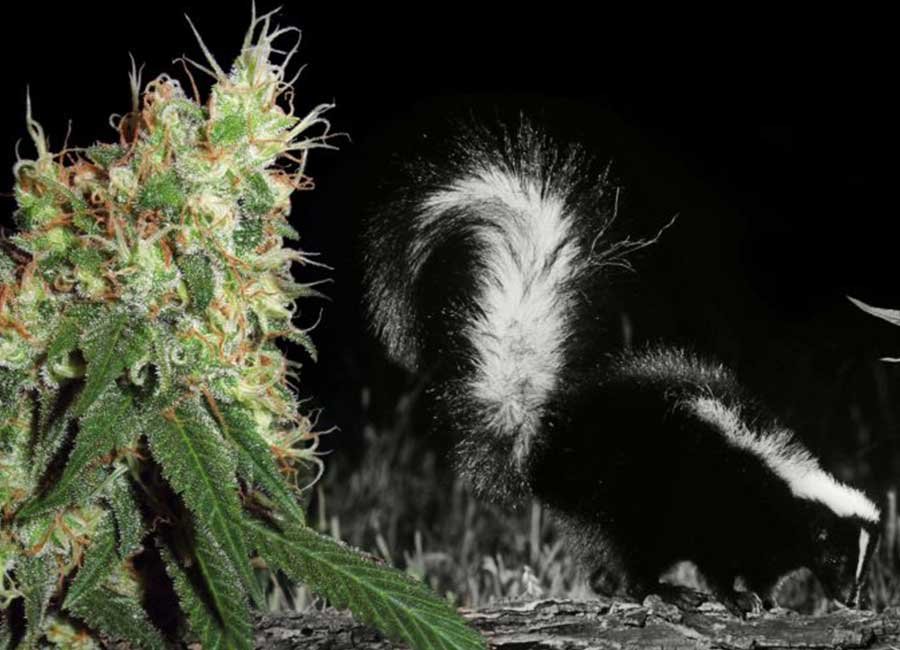

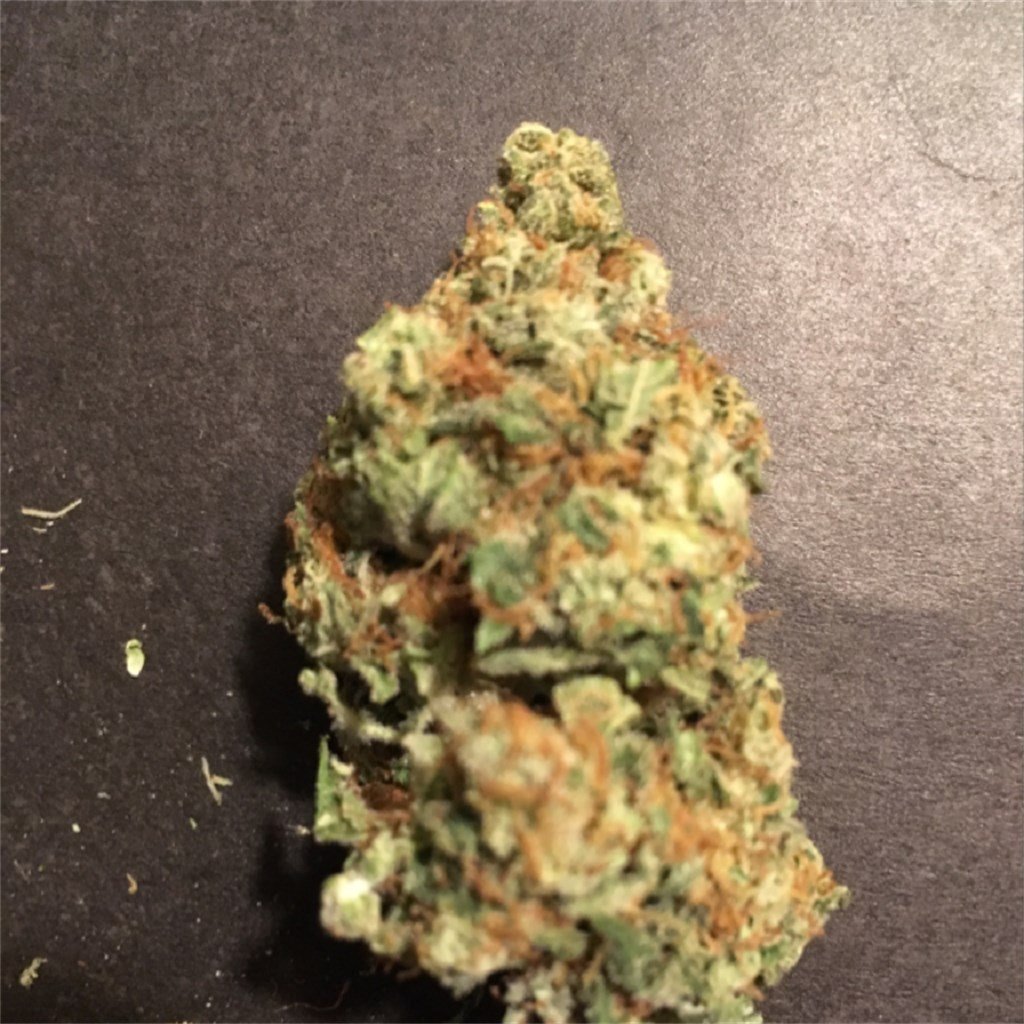
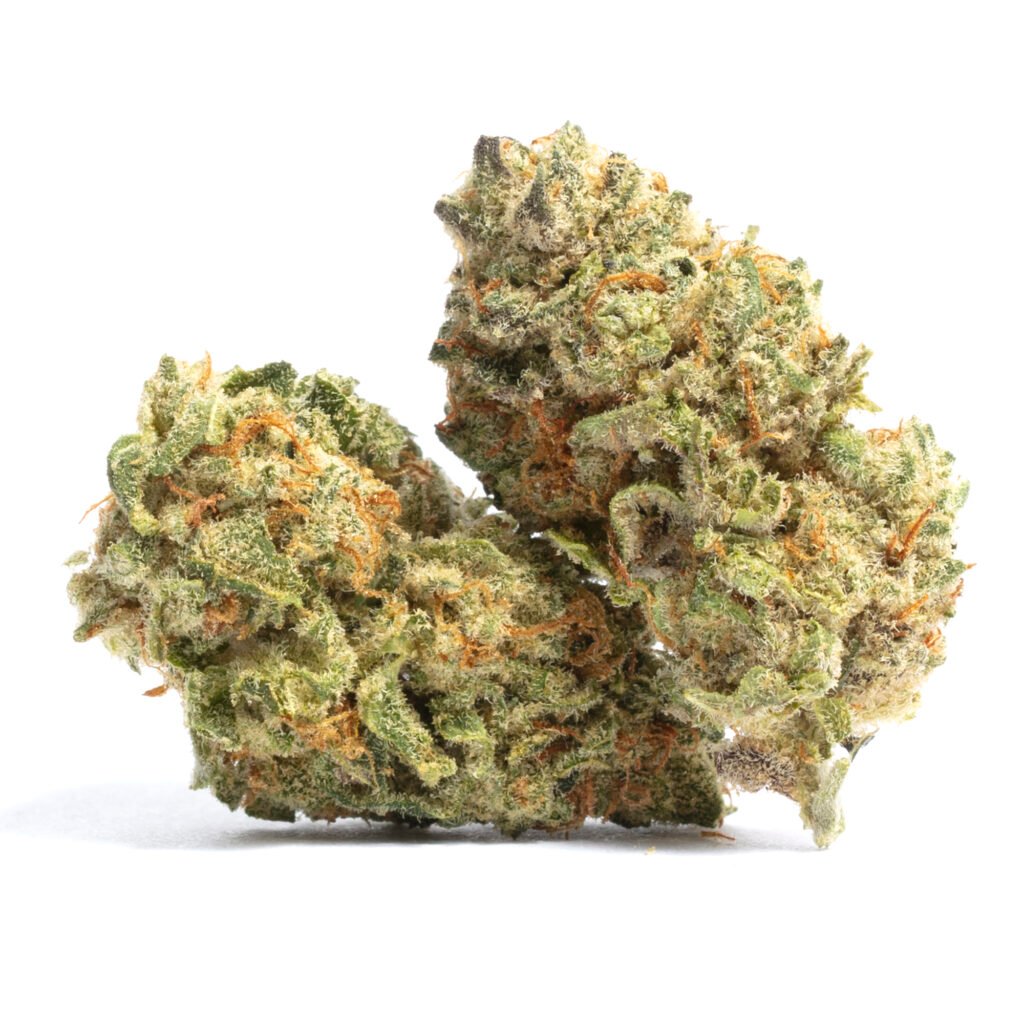

Skunk Feminized Growing Information
The Skunk strain of cannabis, sometimes known as Super Skunk, is a slightly sativa-dominant hybrid with 60% sativa and 40% indica composition. It typically has THC levels ranging from 16% to 20%.
This strain was developed by crossing Afghani and Skunk #1. Skunk #1 is a popular choice for creating new strains due to its reliability, uniformity, and diverse range of phenotypes.
Afghani, an indica-dominant strain, originated in the Middle East and was brought to the United States in the 1970s. Known for providing a deep body high without impairing concentration, both Afghani and Skunk #1 contribute to the unique effects of the Skunk strain. Some users even report feeling energetic after using Skunk, highlighting its versatile chemical profile.
When smoked, the Skunk strain emits a strong, aromatic, and pungent scent that many find appealing. Its flavor profile is sweet and fruity, offering a pleasant surprise to those who try it.
Origins of Skunk
Skunk #1 is far from a new cannabis strain. Its origins trace back to the 1970s, with some reports suggesting it was first bred as early as 1969 in the Bay Area of San Francisco, California. By 1980, Skunk #1 seeds were available for purchase in the United States. While it’s possible some seeds made their way to Europe in the late 1970s, the first confirmed arrival of Skunk #1 in the Netherlands was in 1982. The genetics of Skunk #1 have been meticulously preserved, making it one of the most reliable and consistent cannabis strains available today. It has likely parented more cannabis varieties than any other hybrid.
Why is it Called ‘Skunk’?
The term ‘skunk’ originates from the North American mammal known for its strong, pungent odor. This name is fitting for the Skunk cannabis strain, which has a scent reminiscent of a skunk’s spray. This potent aroma is especially pronounced in some hybrids of the original strain, such as Shiva Skunk. Other hybrids, like those with citrus undertones, have a sharper, sweeter smell.
Skunk #1 was revolutionary for cannabis growers, especially in cooler climates, making the name ‘skunk’ synonymous with strong, seedless, high-quality cannabis. It’s similar to how ‘cola’ became a generic term for soda after Coca-Cola’s launch in 1886.
Interpreting ‘Skunk’ Cannabis
The term ‘skunk’ can be confusing because it has two meanings: it refers to the famous Skunk strain of cannabis and is also an informal term for potent, aromatic ‘street weed’. When someone mentions ‘skunk’, they could be referring to the specific strain, a descendant of Skunk #1, or any strong, pungent variety of cannabis.
Growing Information
Climate and Environment
Skunk cannabis strains are known for their adaptability and resilience, making them suitable for both indoor and outdoor cultivation. They thrive in a Mediterranean climate, with warm temperatures and plenty of sunlight. However, they can also be successfully grown in cooler climates due to their robust genetics.
Soil and Nutrients
For optimal growth, Skunk strains prefer well-drained, nutrient-rich soil. Using organic compost or a quality potting mix can enhance soil fertility. Regular feeding with balanced nutrients, particularly nitrogen during the vegetative stage and phosphorus and potassium during flowering, will promote healthy growth and abundant yields.
Light and Watering
Indoors, Skunk plants require ample light, ideally from high-intensity discharge (HID) lamps or full-spectrum LED lights. Ensure they receive at least 18 hours of light during the vegetative stage and 12 hours during flowering. Consistent watering is crucial, but avoid overwatering to prevent root rot. Allow the top inch of soil to dry out between watering sessions.
Temperature and Humidity
Maintain a temperature range of 70-85°F (21-29°C) during the day and slightly cooler at night. Humidity levels should be kept around 50-60% during the vegetative stage and reduced to 40-50% during flowering to prevent mold and mildew.
Pruning and Training
Pruning and training techniques, such as topping, fimming, and low-stress training (LST), can help manage the plant’s height and shape while promoting better light penetration and air circulation. Remove any dead or yellowing leaves to focus the plant’s energy on producing buds.
Flowering Time
Skunk strains typically have a short flowering period of 8-9 weeks. They produce dense, resinous buds with a pungent aroma. Regularly inspect the trichomes to determine the optimal harvest time; milky white trichomes indicate peak potency, while amber trichomes suggest a more relaxing effect.
Pests and Diseases
Skunk plants are generally resistant to common pests and diseases, but vigilance is key. Regularly inspect plants for signs of pests such as spider mites, aphids, and whiteflies. Employ organic pest control methods, such as neem oil or insecticidal soap, to manage infestations. Ensure good airflow and proper spacing to prevent mold and mildew.
Harvesting and Curing
When harvesting, cut the plants at the base and trim away large fan leaves. Hang the branches upside down in a dark, well-ventilated area to dry. Once dry, trim the buds and place them in airtight containers for curing. Open the containers daily for the first week to release moisture, then less frequently over the next few weeks to enhance flavor and potency.
By following these guidelines, growers can achieve a successful Skunk cannabis crop, characterized by high yields, potent effects, and a distinctive aroma.
Feeding
- All Cannabis strains, require a full spectrum nutrient complete with the macro nutrients such as Nitrogen, phosphorus, and potassium and the secondary nutrients and micronutrients like, calcium, sulphur, hydrogen, magnesium, manganese, carbon, iron, zinc etc.
- For coco/perlite grows, we recommend Nutrifield Coco A&B for use throughout the entire grow, with Nutrifield Organic BUD BURST at the beginning of the flowering phase right through to harvest. As bud burst is organic, this ensures a nice smooth, super clean tasting smoke that you will love!
- For soil based growing (not recommended), just make sure you use a high quality soil rich in organic matter such as compost and manure. Note that manure if high in nitrogen which you’ll want to reduce during the flowering stage.
- During the flowering stage, change the ratio so you are using up to three times more phosphorus than nitrogen and potassium. Also continue to add in secondary nutrients such as iron, copper, and manganese. The best way to do this is simply to use orgnanic Bud Burst during flowering all the way as this will ensure a smooth finish with no chemical taste. Amazing stuff!
- For organic grows, we recommend Aptus Baseboost organic nutrient with coco/perlite 70/30 ratio. This stuff is highly concentrated so a little goes a long way making it great value. Simply add the pellets to the coco as per the instructions and it will completely transform any inert growing medium into a powerful full spectrum grow media..
Growing Tips
- Your plants will need consistent air flow and good ventilation, whether you are choosing the perfect spot for an outdoor grow, or are growing in an indoor grow room. They need air that is rich in oxygen, to help prevent respiration, deter any pests, and allow your plant to grow healthy and strong. Use fans to help circulate air, or if you can afford it, exhaust systems are an excellent choice.
Why buy ‘Feminized’ Seeds
- Marijuana plants are either male or female. The male flower produces sacs or pollen designed to fertilize the female flower which produces white pistols designed to absorb the pollen. If no male plants are present in the growing area, than the female plant will just grow larger and larger flowers in search of pollen. These flowers are the cannabis buds that we all know and love. The male plants hold only minuscule amount of THC, while the female flowers are oozing with THC crystals (the good stuff). For this reason, marijuana growers are seeking only female plants in the grow room (unless they want alot of seedy buds).Feminsed seeds have been cultivated in a precise way so that the seed is genetically more likely to produce a female plant. Autoflower seeds automatically transition from the vegetative phase to the flowering stage without you needing to adjust their light exposure. Fore more detailed growing information, see our in depth grow guide.
Related products
-
Indica Dominant, Strain Info
Purple Glam Kush
0 out of 5(0)80% Indica – 20% Ruderalis | THC 20-24% | Purple Glam is a heavy Inidca strain that comes from the Oakland area of California, after combining Hindu Kush and Purple Afghani cross, and sheeesh, what a nice combo. It is up with the most popular medical varieties available in Californian dispensaries. The Inidica dominance causes small, stout plants with some dense, rock-hard nuggety buds that emit a punchy aroma.
Is it legal to buy Cannabis seeds in Australia?
- Cannabis seeds do not contain any illegal properties on their own and can be purchased for collectable/souvenir purposes only in Australia. If you live in the ACT or have a medicinal license, these laws may not apply to you. Learn more about current Australian legalization laws.
How can I buy Cannabis seeds in Australia?
- Sacred Seeds offer rare & heirloom seed varieties and sometimes will have Purple Glam Kush Feminized Seeds Cannabis Seeds available for souvenir / collectable purposes only. They have some great reviews, but note that they will not support germination….
SKU: n/a -
Sativa Dominant, Strain Info
Amnesia Haze Feminized
0 out of 5(0)10% Indica – 90% Sativa | THC 21-25% | This is THE legit Dutch classic Sativa dominent powerhouse that is the proud winner of multiple Cannabis cups. This uplifter has a lemony, incense and cederwood flavour. Amnesia has a slightly longer growth phase overall, but this translates into massive yields and is well worth your attention for a truly supreme quality end product that is sure to please those aiming for a happy and uplifting high.
——————————————————————————
Is it legal to buy Cannabis seeds in Australia?
- Cannabis seeds do not contain any illegal properties on their own and can be purchased for collectable/souvenir purposes only in Australia. If you live in the ACT or have a medicinal license, these laws may not apply to you. Learn more about current Australian legalization laws.
How can I buy Cannabis seeds in Australia?
- Sacred Seeds are an Aussie based seed bank and depending on the time of year, may have Amnesia Haze Cannabis Seeds available for souvenir / collectable purposes only. They have heaps of positive reviews, but note that they will not support germination….
SKU: n/a -
Strain Info
Grapefruit Feminized
0 out of 5(0)20% Indica – 80% Sativa | THC 16-20%
The Vancouver, Canada staple…. This 80% Sativa strain has a sweet and fruity aroma similar to the smell of ripe grapefruit It’s an 80’s old secret mix of Cinderalla 99 with a mystical grapefruit flavoured Sativa.
With the smell of pineapple and grapefuit this has an uplifting & stimulating high good for focus, creativity and pleasure.
——————————————————————————
Is it legal to buy Cannabis seeds in Australia?
- Cannabis seeds do not contain any illegal properties on their own and can be purchased for collectable/souvenir purposes only in Australia. If you live in the ACT or have a medicinal license, these laws may not apply to you. Learn more about current Australian legalization laws.
How can I buy Cannabis seeds in Australia?
- CG Australia offer rare & heirloom seed varieties and often have a selection of Grapefruit Cannabis Seeds available strictly for souvenir / collectable purposes only. They have heaps of positive reviews, but note that they will not support germination….
SKU: n/a -
Strain Info
Gorilla Glue Feminized
0 out of 5(0)50% Indica – 50% Sativa | THC 20-26% | One of the strongest cannabis strains available this one is recommended for the serious marijuana consumer! This popular strain has also won several cannabis awards like the Michigan and Los Angeles Cannabis Cups in 2014, and the High Times Jamaican World Cup.
——————————————————————————
Is it legal to buy Cannabis seeds in Australia?
- Cannabis seeds do not contain any illegal properties on their own and can be purchased for collectable/souvenir purposes only in Australia. If you live in the ACT or have a medicinal license, these laws may not apply to you. Learn more about current Australian legalization laws.
How can I buy Cannabis seeds in Australia?
- CG Australia offer rare & heirloom seed varieties and sometimes will have Guerilla Glue Cannabis Seeds available for souvenir / collectable purposes only. They have some great reviews…
SKU: n/a



